Andy Tomaswick
Andy has been interested in space exploration ever since reading Pale Blue Dot in middle school. An engineer by training, he likes to focus on the practical challenges of space exploration, whether that's getting rid of perchlorates on Mars or making ultra-smooth mirrors to capture ever clearer data. When not writing or engineering things he can be found entertaining his wife, four children, six cats, and two dogs, or running in circles to stay in shape.
Recent Articles
-
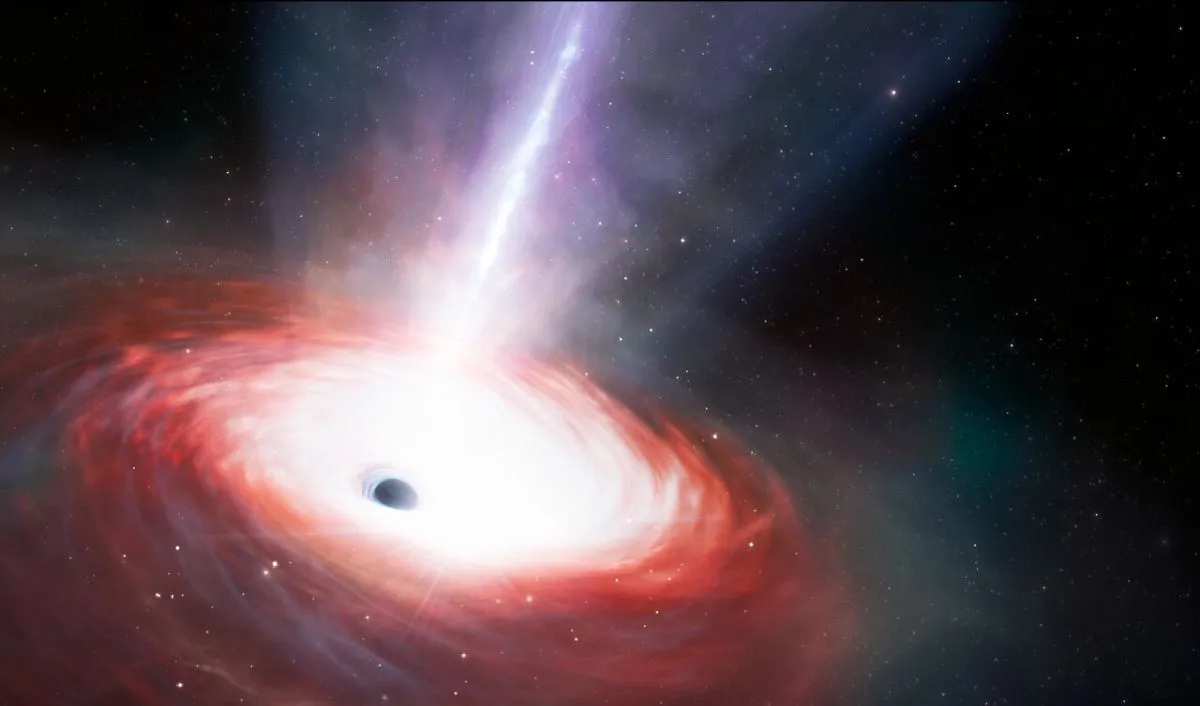
-
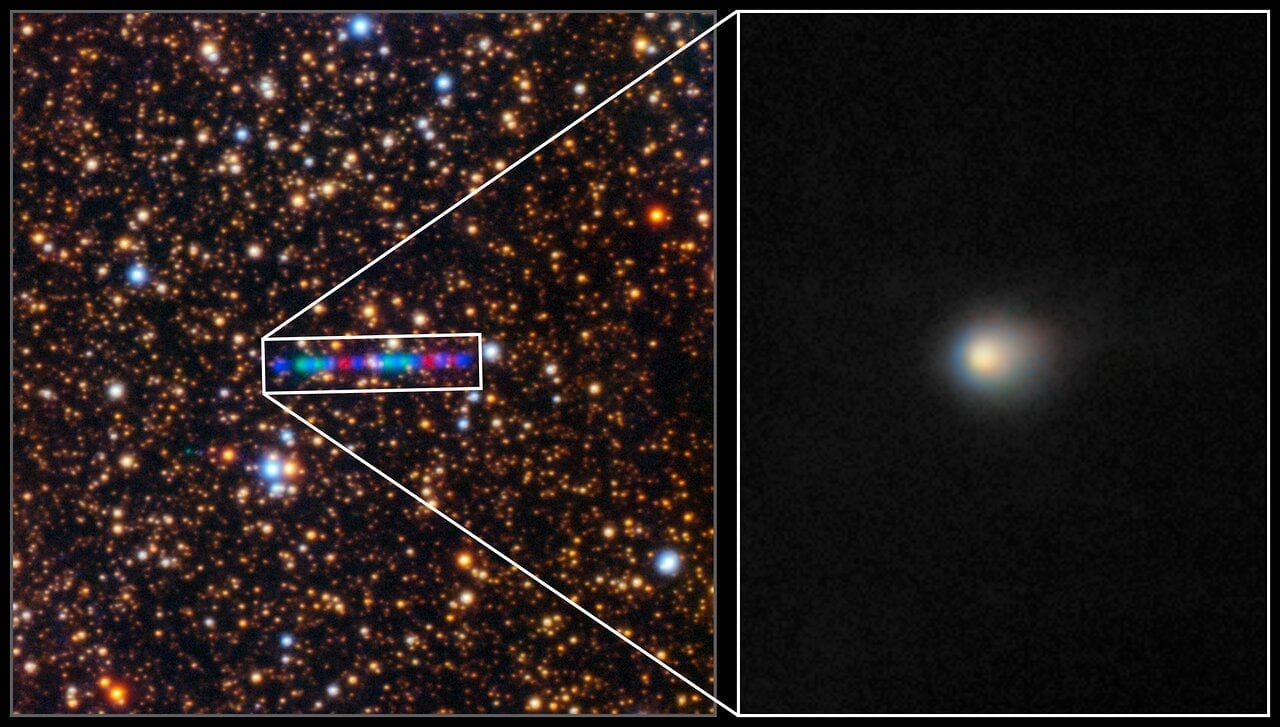
3I/ATLAS's Coma Proves Another Cometary Formation Theory
October 06, 2025Interstellar visitor 3I/ATLAS has been constantly changing as it makes its way through our solar system. That’s to be expected, as, for the first time in potentially billions of years, it's getting close to the energy put out by a star. Scientists have been keeping a close watch on those changes, both to ensure there’s nothing unexplainable by our current understanding, but also to compare 3I/ATLAS to both previous interstellar visitors as well as comets in our own solar system. A recent paper from European researchers describes how the changes in a particular material ratio in 3I/ATLAS’ coma fit with our current understanding of cometary geology.
-
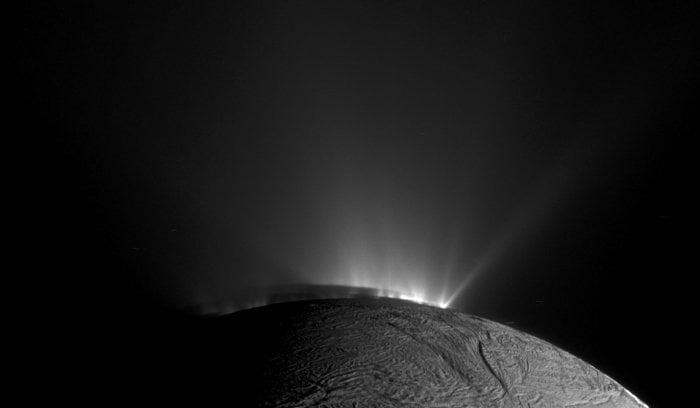
New Organic Molecules Found In Old Cassini Data
October 02, 2025Enceladus’ ice continues to get more and more intriguing as researchers continue to unlock more secrets taken from a probe over ten years ago. When Cassini crashed into Saturn in 2017, it ended a 13 year sojourn that is still producing new research papers today. A recent one in Nature Astronomy from the researchers at the Freie Universität Berlin and the University of Stuttgart found hints of organic molecules discovered for the first time on the icy moon, some of which could serve as precursors to even more advanced biomolecules.
-
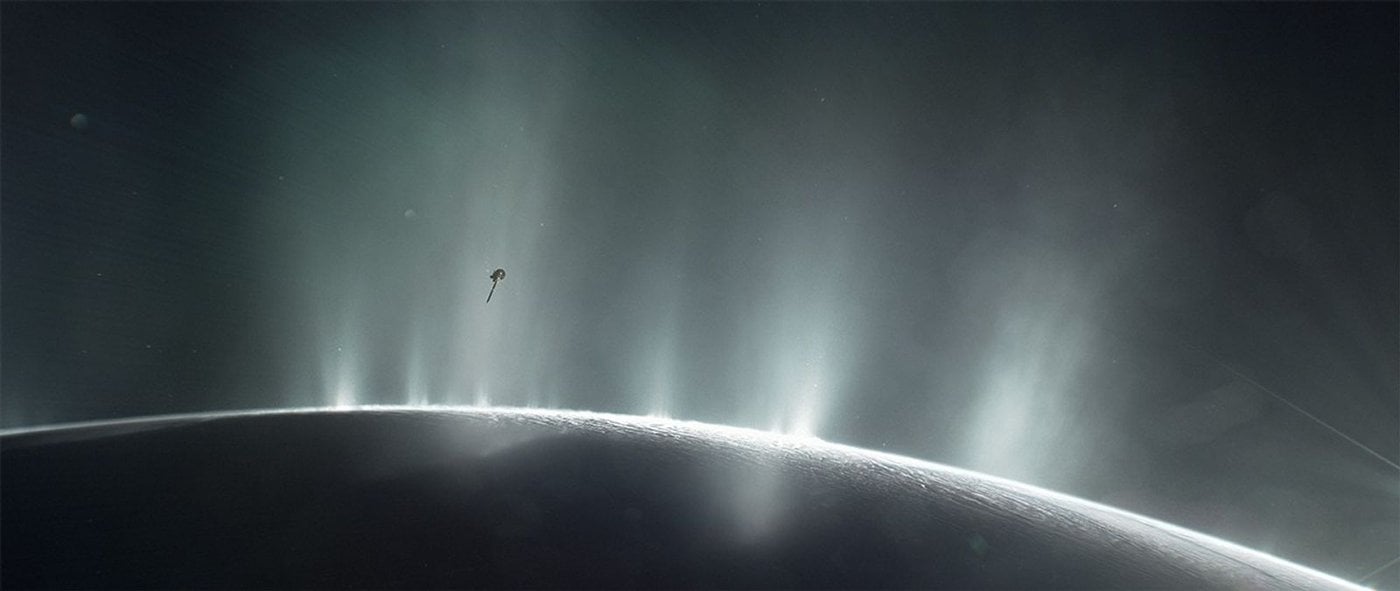
Enceladus Isn't Throwing As Much Ice Into Orbit As We Thought
October 02, 2025Modeling something like geysers on a far-away moon seems like it should be easy. How much complexity could there possibly be when a geyser is simply a hole in some ice shooting superheated water through it? The answer is pretty complex, to be honest - enough that accurate models require a supercomputer to run on. Luckily, the supercomputing cluster at the University of Texas, known as the Texas Advanced Computing Center, gave some time to researcher modeling Enceladus’ ice plumes, and their recent paper in JGR Planets discusses the results, which show there might not be as much water and ice getting blown into orbit as originally thought.
-
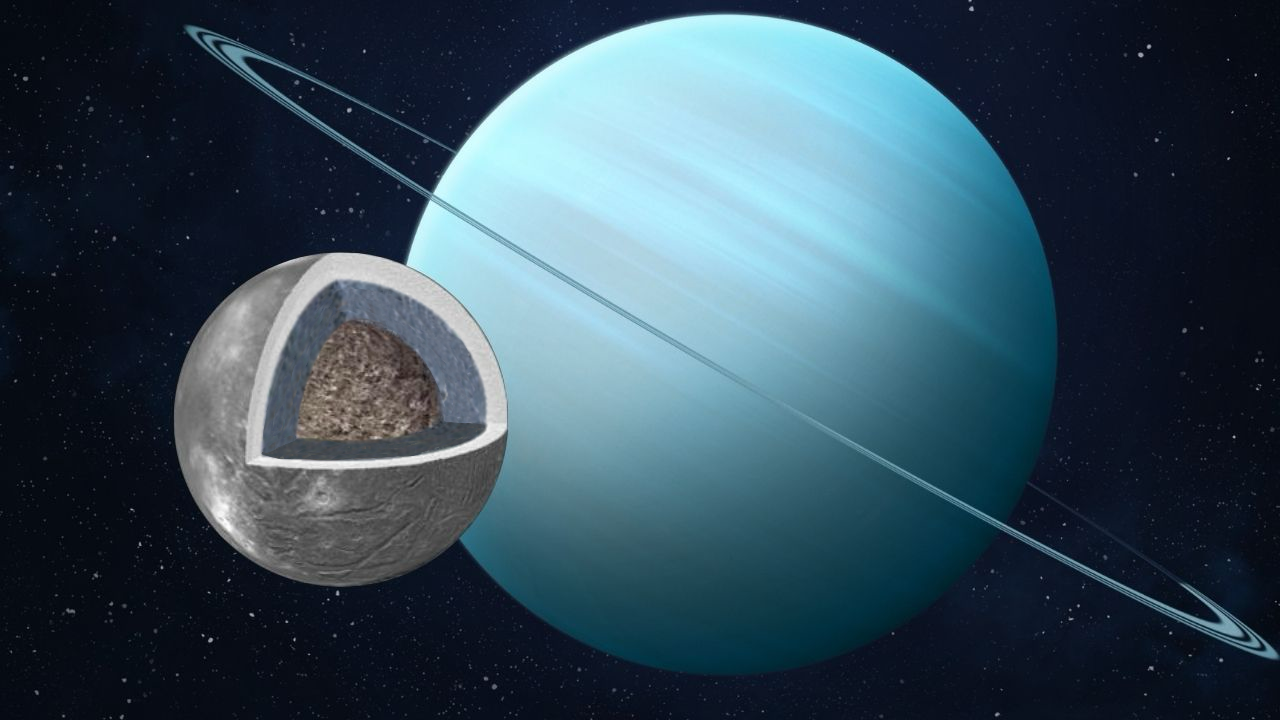
Ariel Had A 170km Deep Sub-Surface Water Ocean
October 02, 2025Interest in icy moons has been growing steadily as they become more and more interesting to astrobiologists. Some take the majority of the attention, like Enceladus with its spectacular geysers. But there are interesting ones that might be hiding amongst even thicker ice shells in the Uranian system. A new paper published in Icarus from researchers at the Planetary Science Institute, Johns Hopkins University, and the University of North Dakota, looks at what Ariel, the fourth biggest moon in the Uranian system, might look like under its icy surface.
-
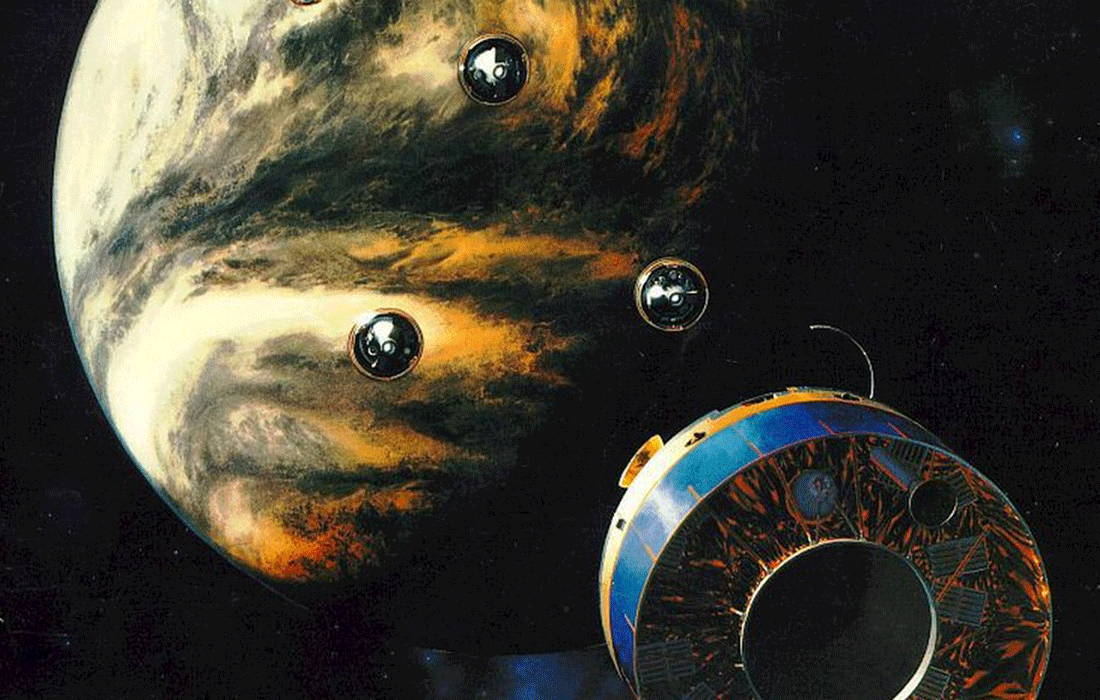
Venus' Clouds Contain Aerosols That Are 60% Water, According To Reanalyzed Pioneer Data
October 01, 2025Reanalyzing old data with our modern understanding seems to be in vogue lately. However, the implications of that reanalysis for some topics are more impactful than others. One of the most hotly debated topics of late in the astrobiological community has been whether or not life can exist on Venus - specifically in its cloud layers, some of which have some of the most Earth-like conditions anywhere in the solar system, at least in terms of pressure and temperature. A new paper from a team of American researchers have just added fuel to that debate by reanalyzing data from the Pioneer mission to Venus NASA launched in the 70s - and finding that the Venus’ clouds are primarily made out of water.
-
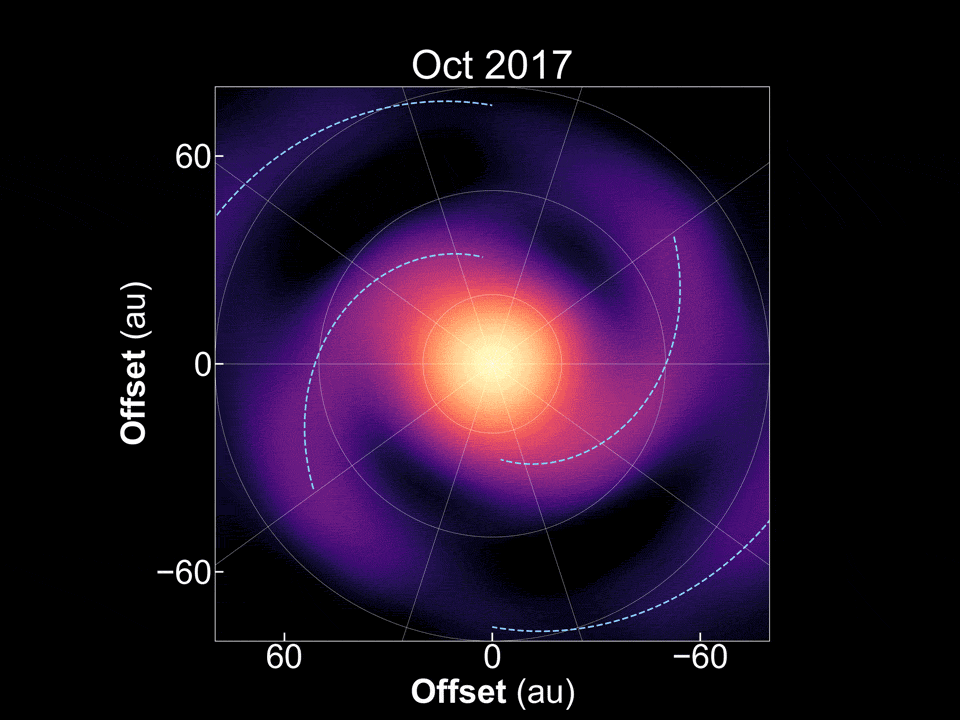
Spiral Arm Motion Solves Exoplanet Formation Mystery
October 01, 2025There are plenty of exoplanets scattered throughout the galaxy, so it would stand to reason there are also plenty of stars that are in the process of forming new exoplanets. Tracking down stars that are in different stages of that process can shed light on the exoplanet formation process, and potentially even on how planets in our own solar system developed. But determining what star systems are going through that process, let alone where they are in the process itself, can be tricky. A new paper in Nature Astronomy from Tomohiro Yoshida and his co-authors at the National Astronomical Observatory of Japan and several other Japanese and American research institutions, seems to have found one that finally answers a mystery that has stood in planetary formation theory for decades - how do gas giant exoplanets form so far away from their stars?
-
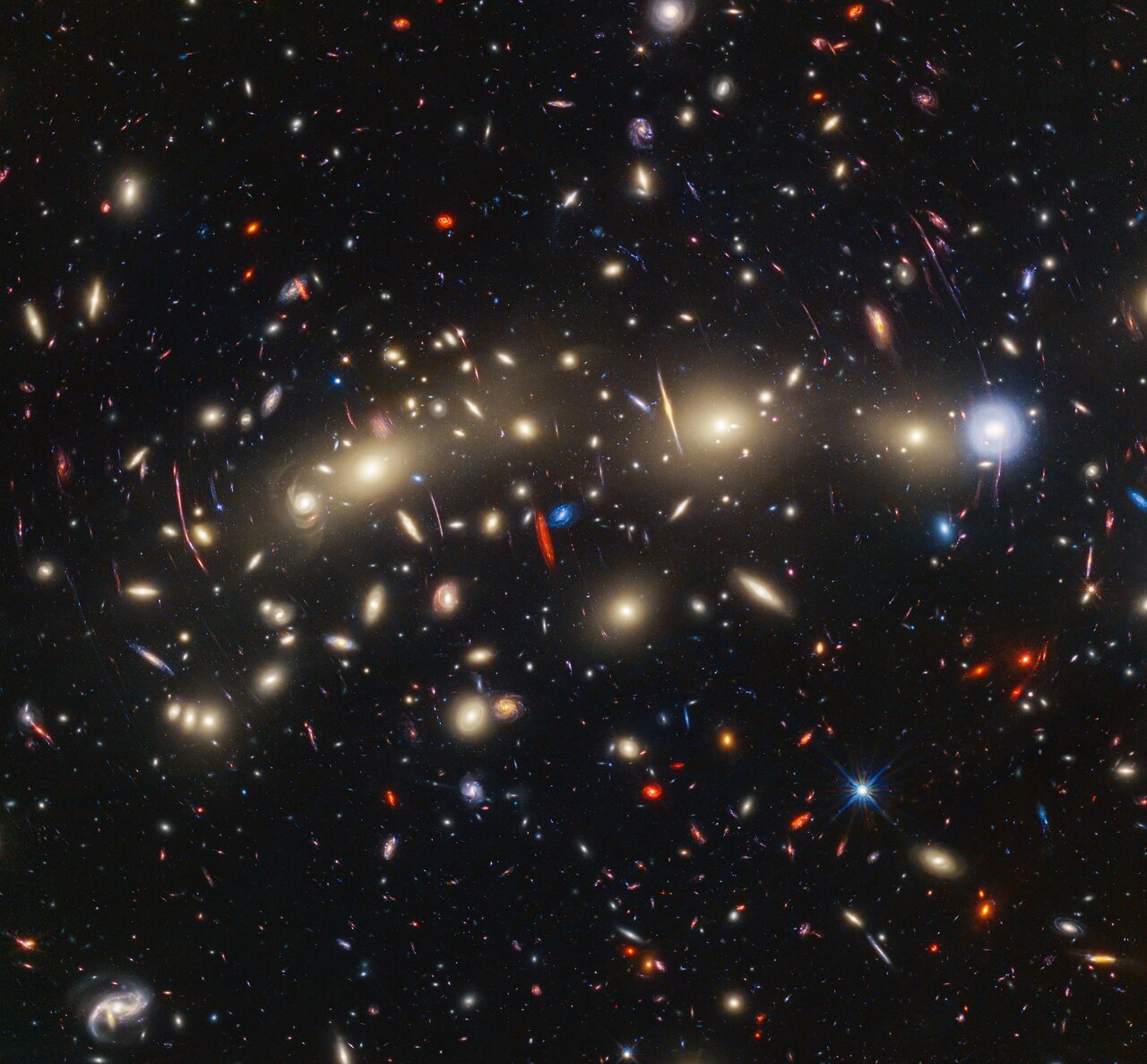
Setting Bounds On SETI
September 30, 2025The Search for Extraterrestrial Intelligence (SETI) has a data scale problem. There are just too many places to look for an interstellar signal, and even if you’re looking in the right place you could be looking at the wrong frequency or at the wrong time. Several strategies have come up to deal narrow the search given this overabundance of data, and a new paper from Naoki Seto of the Kyoto University falls nicely into that category - by using the Brightest Of All TIme (BOAT) Gamma Ray Burst, with some help from our own galaxy.
-
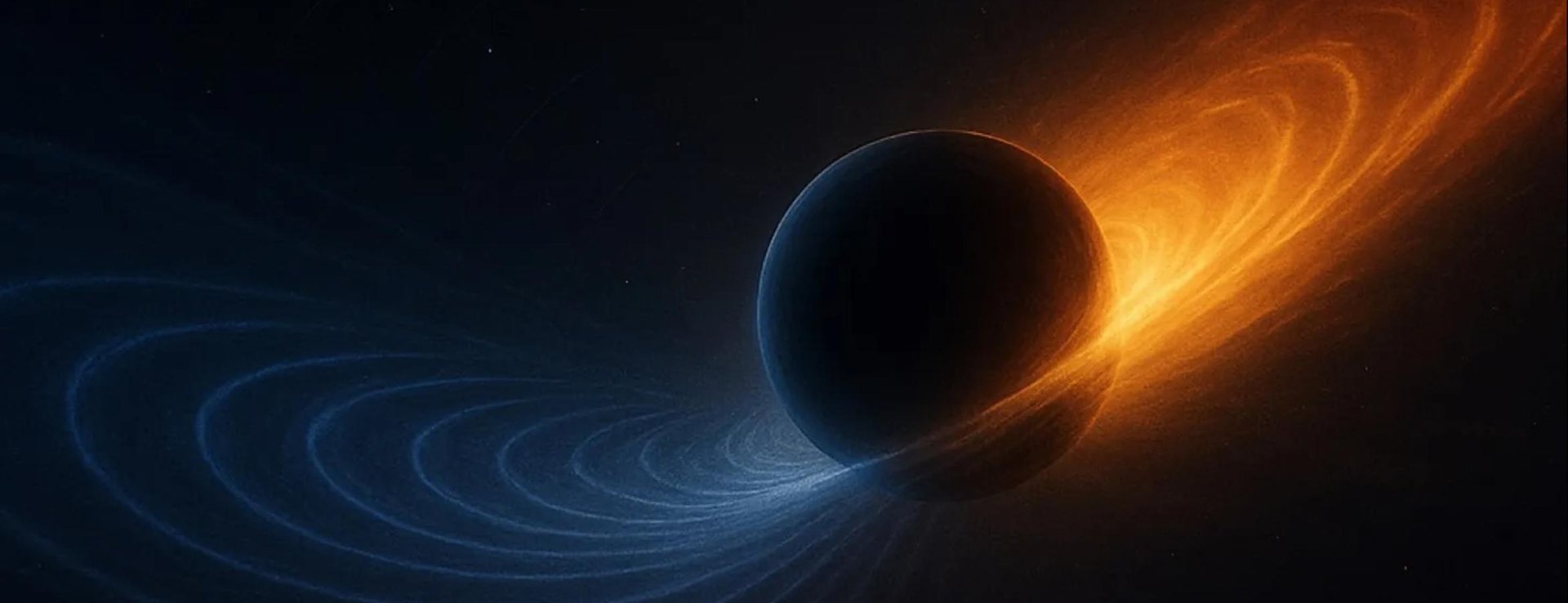
A Black Hole Merger's "Kick" Was Measured For The First Time
September 29, 2025Black hole mergers are some of the most violent events in the universe. Just how violent is becoming more clear in part due to a new paper published in Nature Astronomy. For the first time, it tracks the “recoil” that the newly formed black hole gets from asymmetric gravitational waves that are released during the merger. Turns out they are strong enough to “kick” the new, supermassive combined black hole into motion at a speed of thousands of kilometers a second.
-
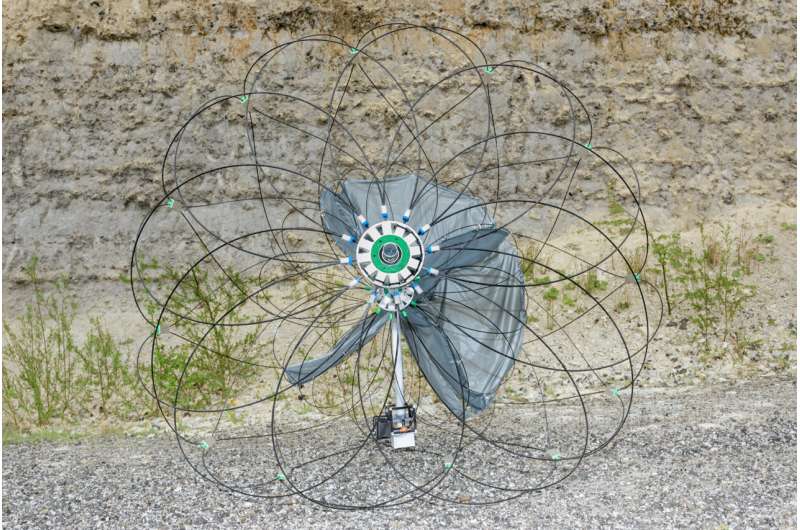
A Herd of Tumbleweed Rovers Could Explore Mars
September 26, 2025Tumbleweeds offer iconic visual depictions of desolate landscapes. Though typically associated with the American West, the most common type of tumbleweed actually originated in Europe, and is known scientifically as salsola targus, or more commonly as Russian thistle. So its only fitting that a team led by European scientists has some up with an idea based on the tumbleweed’s unique properties that could one day have groups of them exploring Mars.
-
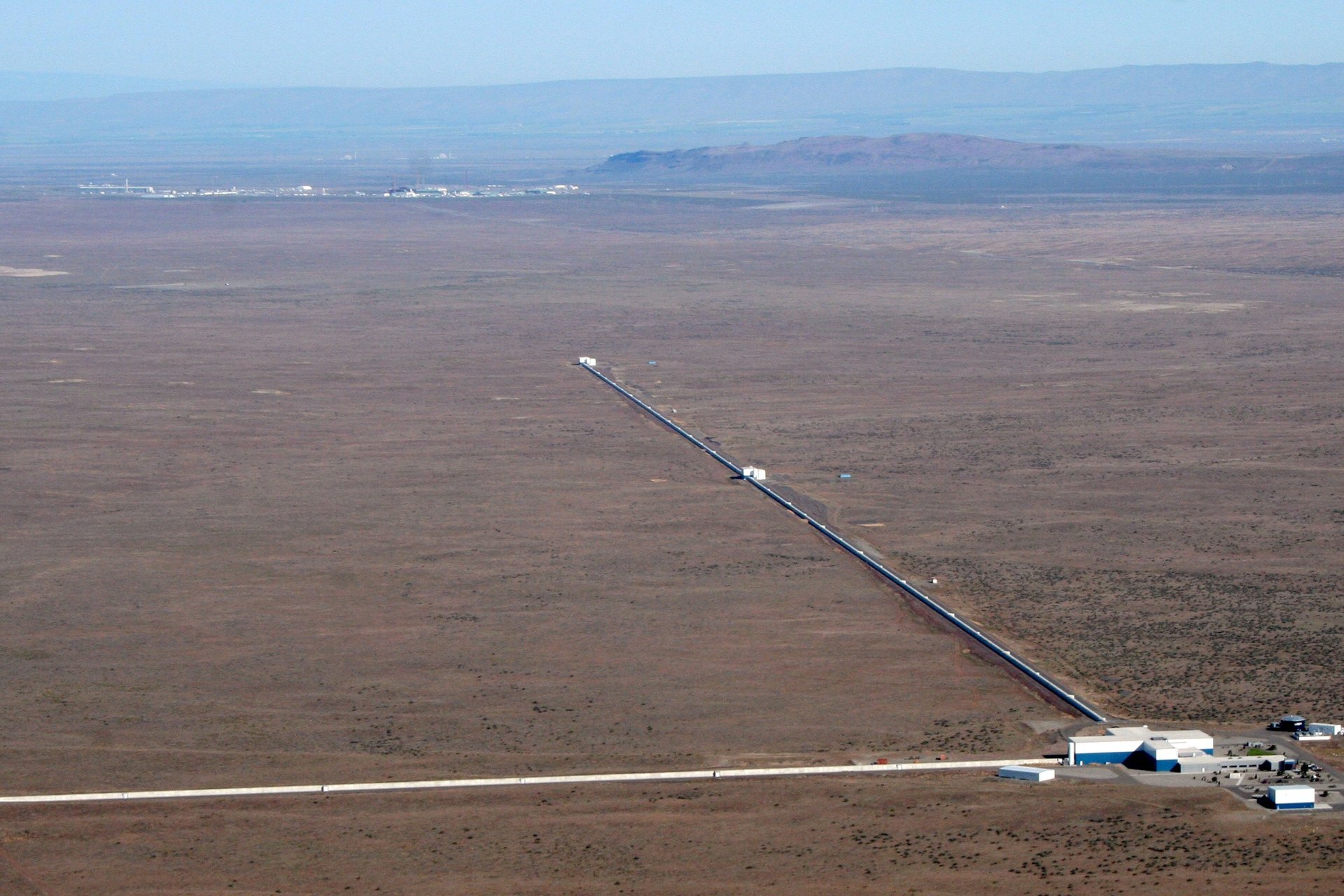
Gravitional Wave Detectors Are Affected By Daylight Savings Time
September 25, 2025Interference from human activity has always been a sticking point in astronomical observations. Radio astronomy is notoriously sensitive to unintentional interference - hence why there are “radio silent” zones near telescopes where cell phones are banned. But gravitational wave astronomy is affected to an even worse degree than radio astronomy, according to a new paper by Reed Essick of the University of Toronto, and it’s not clear there’s much we can do about it.
-
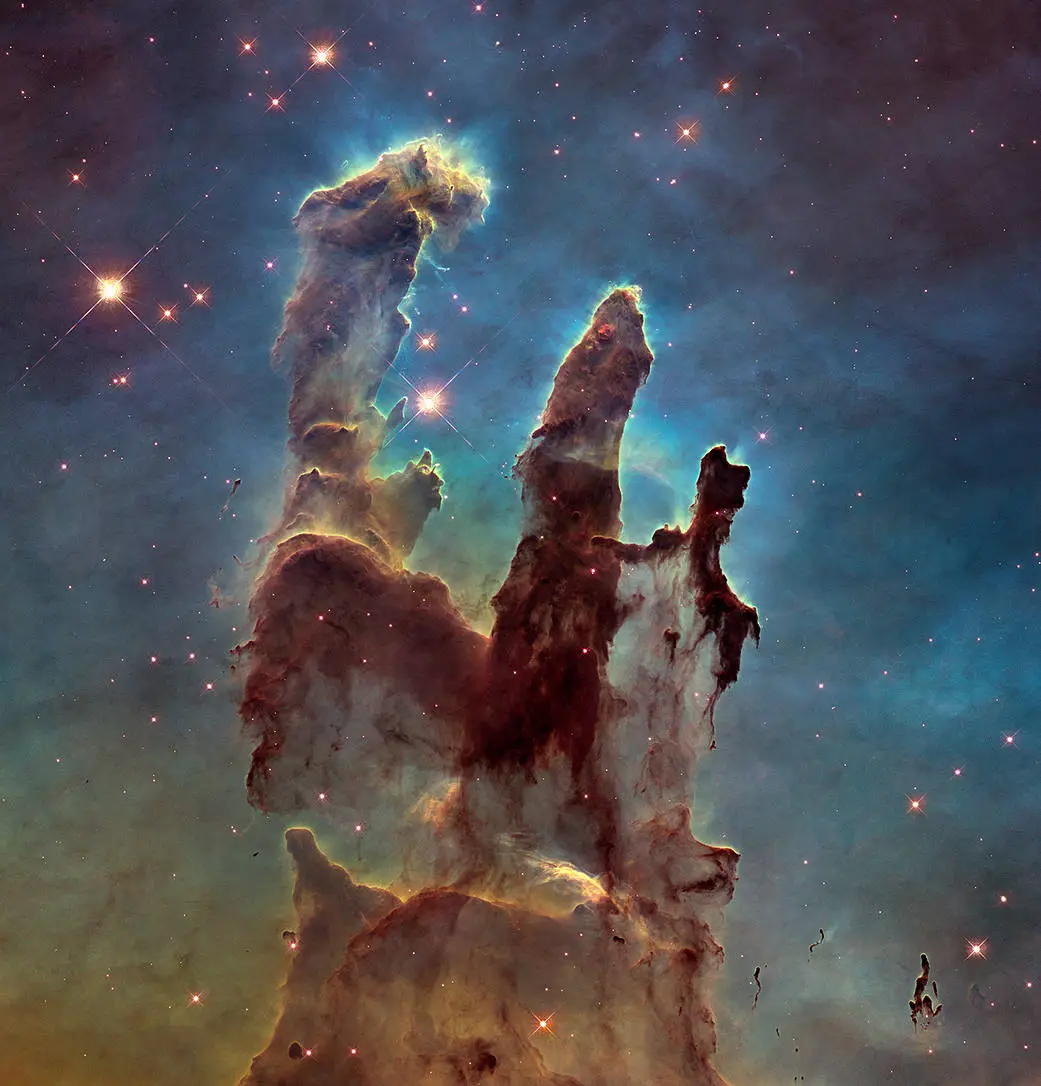
Defining Life With Constants From Physics
September 24, 2025What is the meaning of life? Even the best of us couldn’t hope to answer that question in a universe today article. But there are those who would try to “constrain” it, at least in terms of physics. A new paper from Pankaj Mehta of Boston University of Jané Kondev of Brandeis that was recently pre-published on arXiv looks at how the fundamental constants of physics might be applied to life as we know it - and even life as we don’t know it yet. Their idea doesn't necessarily give the answer to the ultimate question, but it does tie two seemingly disparate fields nicely together.
-
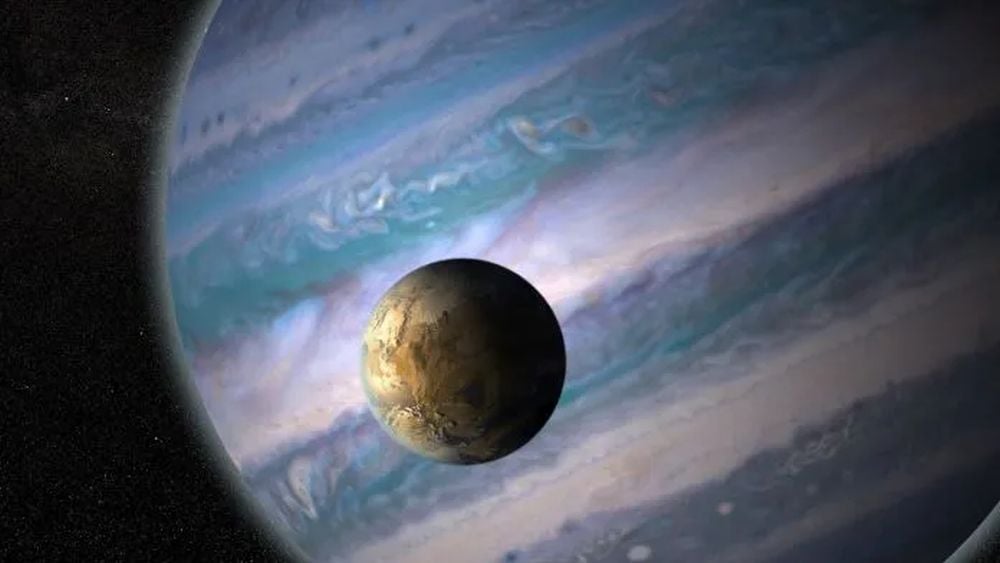
Finding Exomoons Using Their Host Planet's Wobble
September 24, 2025Exoplanets aren’t the only objects floating around other stars - they likely have comets and asteroids as well. Even some of the exoplanets themselves will have “exomoons”, at least according to our current understanding of the physics of planetary formation. However, we have yet to find any of these other objects conclusively, though there has been some hint at the presence of exomoons in the last ten years. A new paper from astronomers at the European Southern Observatory (ESO), recently pre-published on arXiv, suggests a way in which we might be able to finally detect the presence of an exomoon - using a technique that is also commonly used to find exoplanets themselves.
-
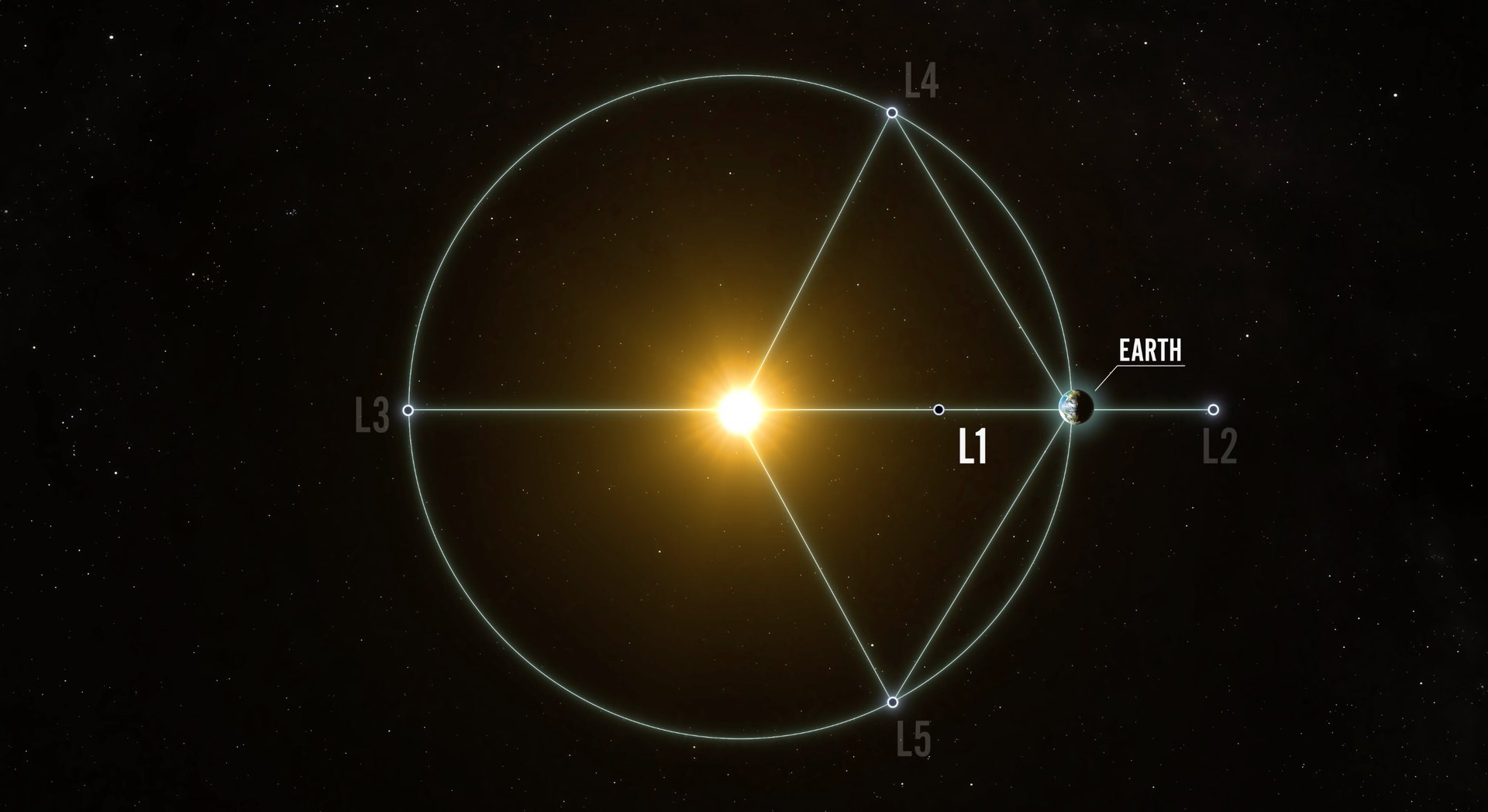
A Mission To Observe Earth's "Halo" Is On Its Way
September 23, 2025Some NASA missions are designed for very specific tasks, but all of them help feed into our understanding of our universe, and in some cases our pale blue dot, work. A new mission to study one of the more esoteric parts of the atmosphere is scheduled to launch today, and over the next 2-3 years will monitor the outer reaches of our planet’s atmosphere.
-
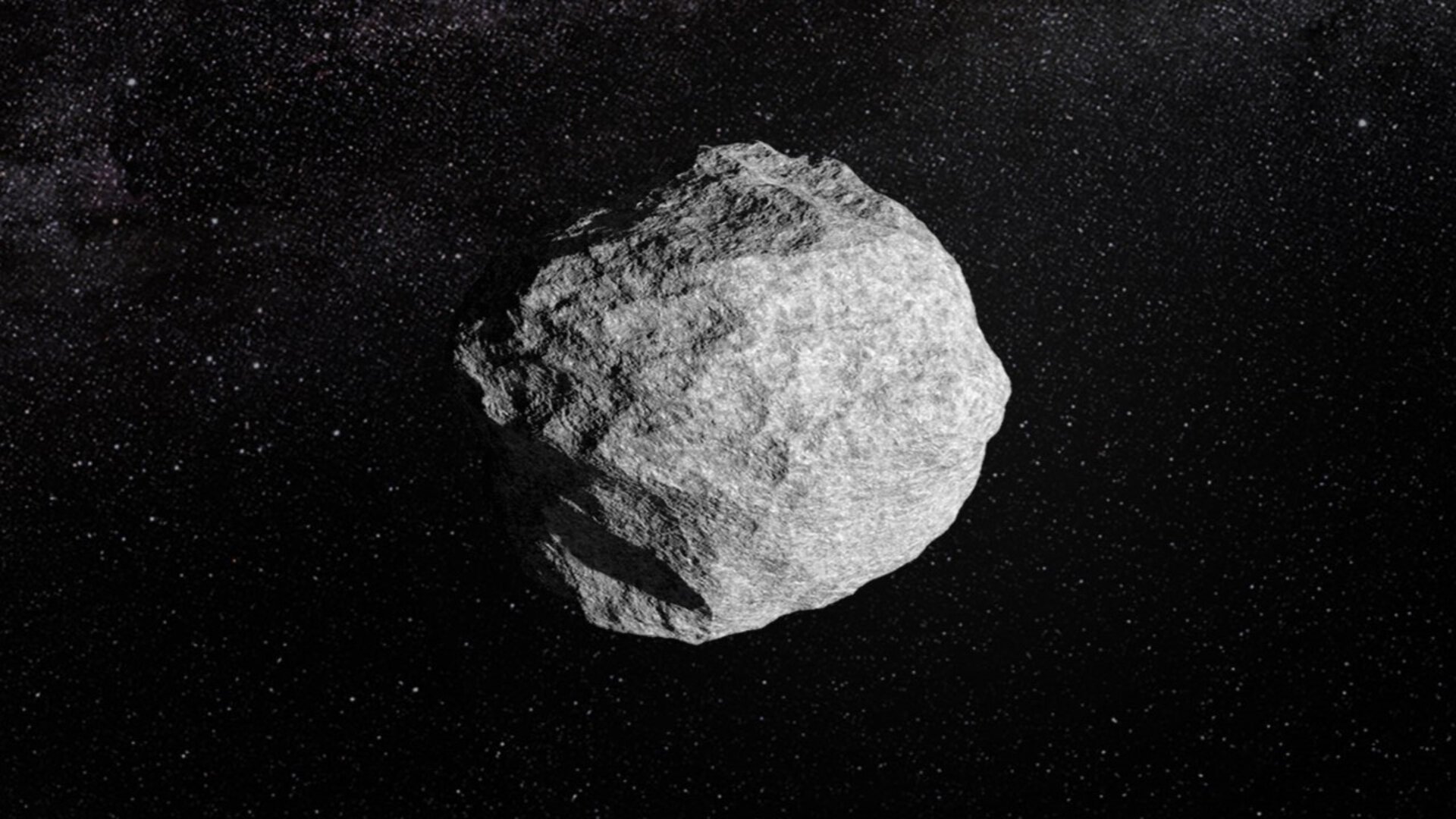
Destroying Asteroid 2024 YR4 Is The Best Option To Stop It From Hitting The Moon
September 19, 2025arXiv:2509.12351v1 Announce Type: new Abstract: Near-Earth asteroid 2024 YR4 was discovered on 2024-12-27 and its probability of Earth impact in December 2032 peaked at about 3% on 2025-02-18. Additional observations ruled out Earth impact by 2025-02-23. However, the probability of lunar impact in December 2032 then rose, reaching about 4% by the end of the apparition in May 2025. James Webb Space Telescope (JWST) observations on 2025-03-26 estimated the asteroid's diameter at 60 +/- 7 m. Stu...
-
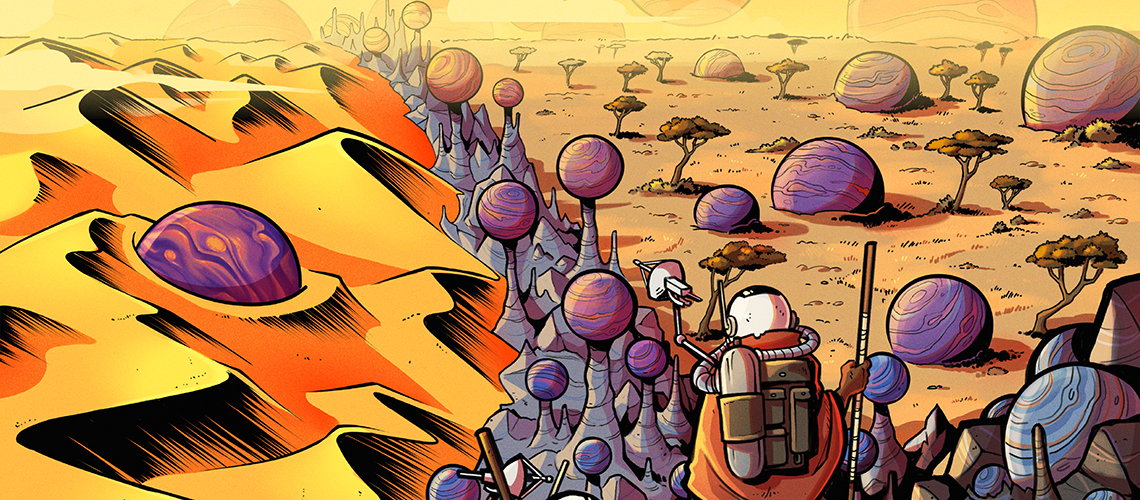
Survey of Exo-Neptunes Defines System Gravitational Evolution
September 18, 2025Exoplanet surveys are useful for more than just astrobiology or increasing the tally of known planets in other solar systems. They can also help us understand the evolution of planetary systems themselves. That’s what a new paper from researchers led by astronomers at the University of Geneva and published in Astronomy & Astrophysics attempts to do - by looking at a large population of “exo-Neptunes” they are attempting to understand the intricacies of how planetary systems are formed.
-
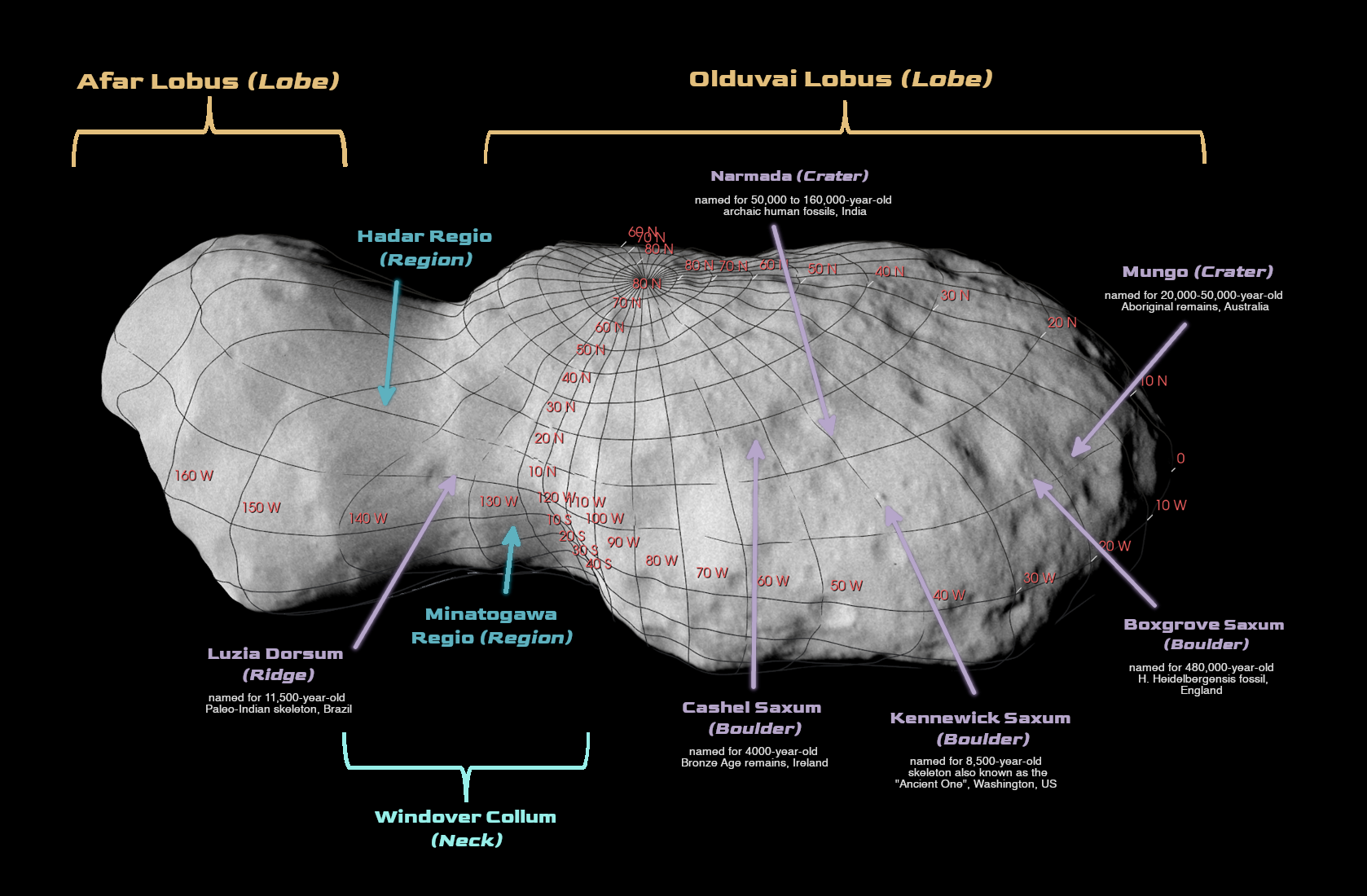
Lucy's Main Belt Target Has Its Features Named
September 17, 2025When considering the unnamed major features of all the moons, asteroids, and comets in our solar system there are still a lot of places out there that need proper names. That means the International Astronomical Union (IAU), the non-governmental body responsible for naming astronomical objects, has its work cut out for them. Recently they tackled a relatively easy challenge by approving a series of names on the asteroid Donaldjohnson, the first and only target of NASA’s Lucy mission in the main asteroid belt. With those names come a whole new way to talk about one of the asteroids that humanity has studied most closely thus far.
-
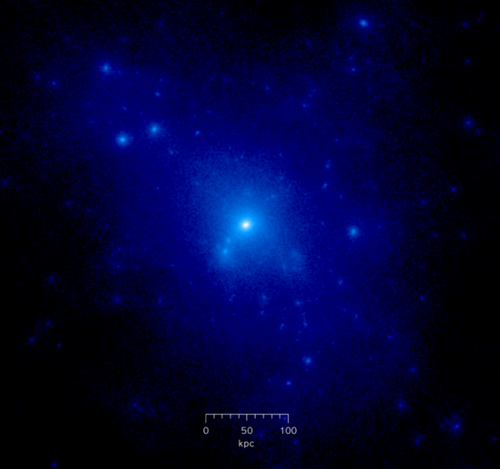
First Dark Matter Sub-Halo Found In The Milky Way
September 16, 2025There are plenty of theories about what dark matter is and how it might be gravitationally affecting the universe. However, proving those theories out is hard since it hardly ever interacts with anything, especially on “small” scales like galaxies. So when a research team claims to have found evidence for dark matter in our own galaxy, it's worth taking a look at how. A new paper from Dr. Surkanya Chakrabati and her lab at the University of Alabama at Huntsville (UAH) does just that. They found evidence for a dark matter “sub-halo” in the galactic neighborhood, by looking at signals from binary pulsars.
-
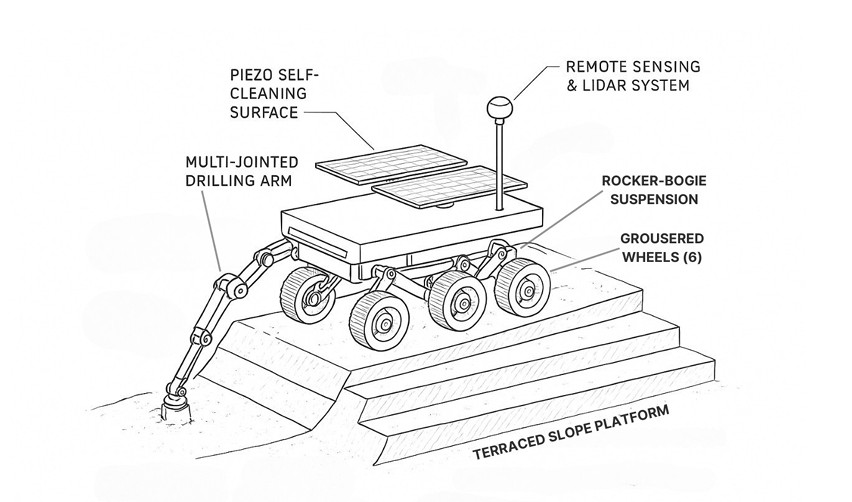
A Rover To Mine Martian Volcanoes
September 15, 2025Different parts of Mars have different advantages and disadvantages when it comes to their available resources, just like Earth. The polar caps are likely the most valuable in terms of their water content, which will be critical to any early stage crewed mission to the Red Planet. But to really unlock the fully potential of Mars, geologists think we’ll need to look to the volcanoes, where there is likely to be easily accessible valuable materials like nickel, titanium, and chromium, that were placed there when the volcanoes were active. Reaching those deposits on the side of some of the largest mountains in the solar system safely is a challenge, and one that is tackled in a new paper by Divij Gupta and Arkajit Aich, where they look at the necessary requirements to set up an effective mining operation on the slopes of Olympus and Elysium Mons.
-
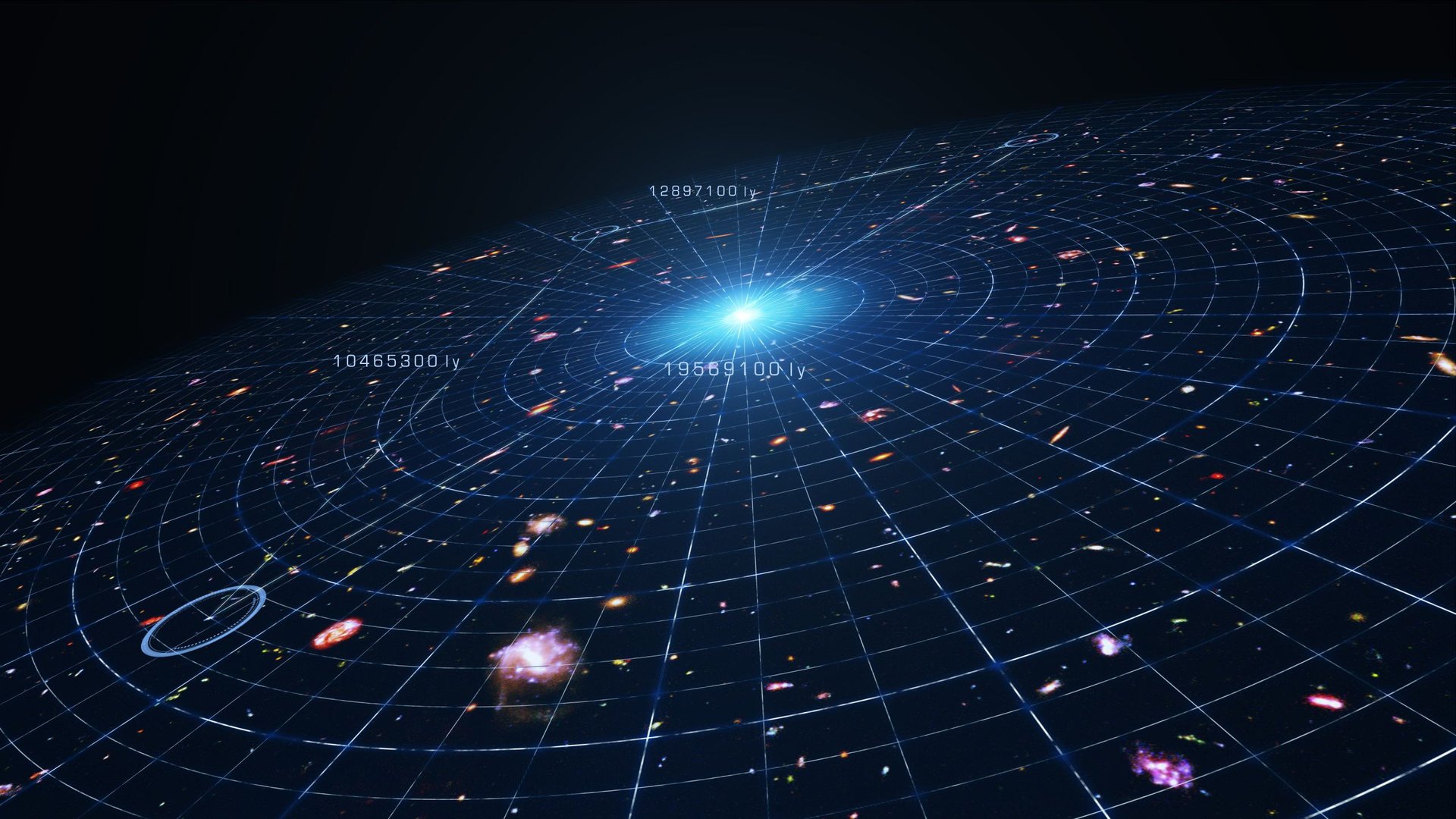
Tying Theory To Practice When Searching For Dark Energy
September 14, 2025Science is a story of coming up with theories then doing our best to disprove them. That is especially true for theories on a grand, cosmological scale, though disproving them can be particularly hard. One of the most famous examples of a hard to disprove theory is that of dark energy and dark matter. In large parts of space we see unequivocal evidence that something is messing with general relativity. But down at the scale of our own solar system, there’s no evidence of it whatsoever, at least as far as we can see. A new paper from Slava Turyshev, a physicist at NASA’s Jet Propulsion Laboratory, discusses a way scientists might be able to deal with this discrepancy - by being very, very selective with the way we test for evidence of dark matter and energy in our solar system.
 Universe Today
Universe Today